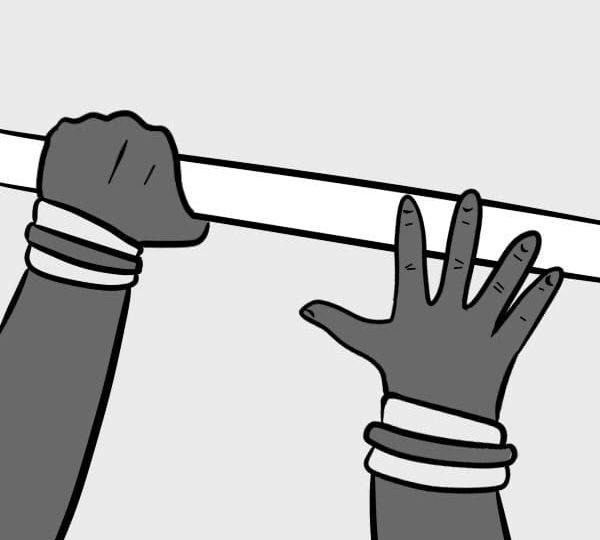
The USA women’s gymnastics team has been one of the most consistently dominant teams in a sport infamous for featuring stars who fizzle out over the course of a few years. The media presents the gymnasts, most of whom are in their early to late teens, as the epitome of both athleticism and grace. They are idols who sacrifice school, family, friends and normal lives to become champions. In exchange, their efforts, it seemed, were well rewarded with medals and glory.
However, on Aug. 4, 2016, the Indianapolis Star published an investigation of the mishandling of sexual abuse allegations in the USA Gymnastics (USAG), the governing body of gymnastics in the U.S. In one example, then-coach of the 2010 women’s national team, Marvin Sharp, was accused of inappropriately touching a young gymnast. It was only four years later that Sharp was reported to the police following another similarly disturbing allegation. He eventually committed suicide in prison after multiple other abuse complaints became well known and cited.
Since that investigation was published, another has garnered attention in the national news: national team doctor Larry Nassar, the osteopath hired by USAG in 1986, has been accused of molesting 130 girls. Since former gymnasts Jamie Dantzscher, Jeanette Antolin and Jessica Howard first revealed their haunting stories on the popular weekly news program 60 Minutes, more prominent contemporary gymnasts have come forward, including members of the famous “Fierce Five,” including McKayla Maroney, Aly Raisman and Gabby Douglas.
Due to this vast and exponentially rising sum of gymnasts coming forward, the USAG has started making progress toward implementing abuse prevention measures. One of these is SafeSport, which allows anyone to make a report of abuse. Most feel this is not enough.
The other problem is it took these three gymnasts coming forward for USAG to even consider introducing even minor changes, according to 60 Minutes. USAG first received complaints about Nassar in June 2015, and took five lackadaisical weeks to report it to the FBI. When Dantzscher, a member of the 2000 Sydney Olympic team, first came forward, she was criticized by members of the gymnastics community for speaking out.
Lawyers suing USAG claim Nassar was able to prey on young girls so easily because of the emotionally abusive environment present within the organization – more specifically, “The Ranch,” run by Bela and Marta Karolyi. Yelling was commonplace, Dantzscher said. The pressure to be perfect was immense, as they were the ones deciding who would make international teams. The Karolyis have denied wrongdoing and said they did not know about the abuse going on within their property.
USAG has also denied wrongdoing, saying that they were following the law. When a bill was introduced that would make reporting abuse to local authorities mandatory, former USAG president Steve Penny approached Senator Dianne Feinstein’s office in an attempt to stop it. Along with him was Mary Lou Retton, 1984 Olympic Champion, America’s sweetheart and long defender of the coaches who launched her into stardom after the boycotted Olympics of the 1980s – the Karolyis. Retton stated that gymnastics was a safe, happy place and established policies were solid. Retton has since received heavy criticism, rightfully so, to the point where she made her Twitter account private.
The Nassar scandal revealed an organization more concerned with medals, money and glory than prioritizing the safety of young, vulnerable athletes. USAG is more concerned about their name and brand than the girls who experienced abuse. They held the dreams of young champions in their hands, stood by as they were taken advantage of and did nothing except actively shun them when they finally spoke up. USAG should be ashamed.

